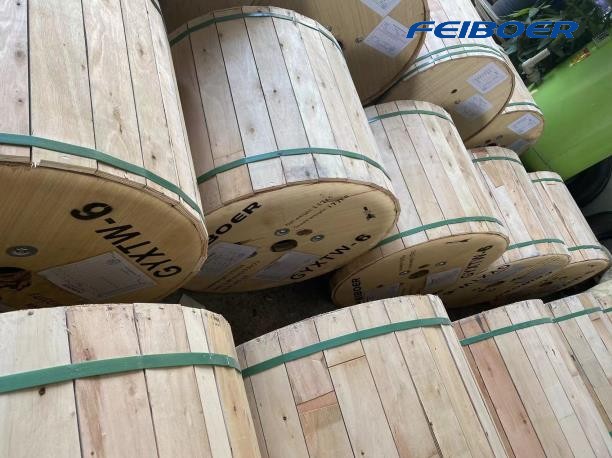The attenuation coefficient of an optical fiber refers to the rate at which the power of the light signal decreases as it travels through the fiber. This coefficient is defined as the amount of optical power lost per unit length of fiber, usually measured in decibels per kilometer (dB/km). The attenuation coefficient is an essential parameter that determines the maximum transmission distance and capacity of an optical fiber system. In this article, we will discuss how the attenuation coefficient of an optical fiber is defined, measured, and affected by various factors.

Definition of Attenuation Coefficient
The attenuation coefficient is defined as the ratio of the power of the light signal at the input of a fiber to the power of the light signal at the output of the fiber after traveling a certain distance. Mathematically, the attenuation coefficient (α) is calculated as:
α = (P_in - P_out) / L
where P_in is the power of the light signal at the input of the fiber, P_out is the power of the light signal at the output of the fiber, and L is the length of the fiber.
The attenuation coefficient is typically expressed in decibels per kilometer (dB/km) to simplify the representation of the attenuation as a function of fiber length. The relationship between the attenuation coefficient and the power of the light signal can be expressed using the following equation:
P_out = P_in x 10^(-αL/10)
where P_out and P_in are the power of the light signal at the output and input of the fiber, respectively, and L is the length of the fiber.
Measurement of Attenuation Coefficient
The attenuation coefficient of an optical fiber can be measured using several methods, including the cutback method, the insertion loss method, and the optical time-domain reflectometry (OTDR) method.
The cutback method involves cutting the fiber at a known distance and measuring the power of the light signal before and after the cut. The attenuation coefficient is then calculated by dividing the power loss by the length of the fiber that was cut.
The insertion loss method involves measuring the power of the light signal at the input and output of a fiber without cutting it. The attenuation coefficient is then calculated by dividing the power loss by the length of the fiber.
The OTDR method involves sending a short pulse of light into the fiber and measuring the time delay and amplitude of the reflected light signal. The attenuation coefficient is then calculated by analyzing the attenuation of the reflected light signal as a function of distance.
Factors Affecting Attenuation Coefficient
The attenuation coefficient of an optical fiber is affected by various factors, including the fiber material, the wavelength of the light signal, and the quality of the fiber fabrication.
The attenuation coefficient of an optical fiber is largely determined by the absorption and scattering losses that occur within the fiber. Absorption losses occur when some of the light energy is absorbed by the fiber material, while scattering losses occur when the light is scattered by the impurities and defects within the fiber. Both types of losses increase with increasing fiber length and decreasing wavelength of the light signal.
The attenuation coefficient of an optical fiber also depends on the purity and quality of the fiber material and fabrication. The presence of impurities, defects, and imperfections in the fiber material can increase the absorption and scattering losses and reduce the overall transmission efficiency of the fiber.
The attenuation coefficient of an optical fiber is also affected by the wavelength of the light signal. The attenuation coefficient typically increases with decreasing wavelength due to the increased absorption and scattering losses at shorter wavelengths.
Conclusion
The attenuation coefficient of an optical fiber is a critical parameter that determines the maximum transmission distance and capacity of an optical fiber system. The attenuation coefficient is defined as the amount of optical power lost per unit length of fiber and is typically measured in decibels per.
03-21
202502-12
202509-12
202409-05
202408-16
202408-07
202408-06
202408-02
202407-30
202407-29
2024
